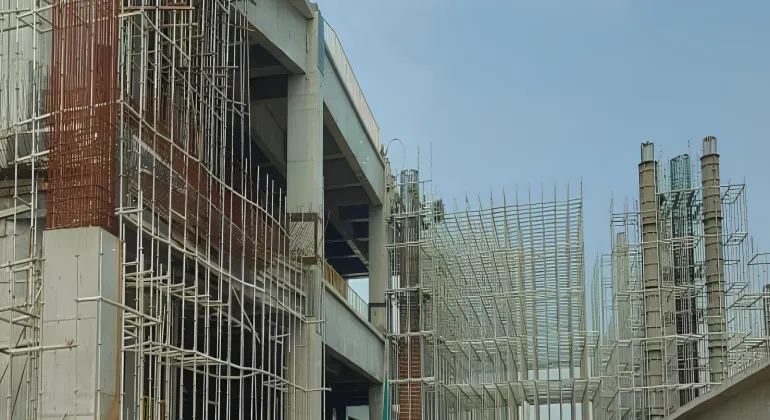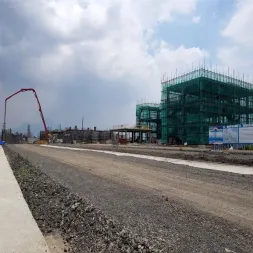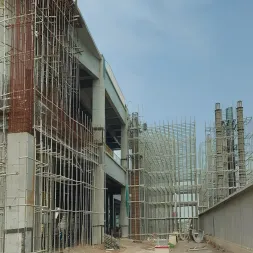
The Importance of Foundation in Construction
Foundations are the unsung heroes of any construction project, serving as the critical support system for structures ranging from residential homes to towering skyscrapers. A well-designed foundation ensures stability, longevity, and safety, making it essential to understand its significance in the construction process.
Types of Foundations
Foundations can be broadly categorized into two main types: shallow foundations and deep foundations.
Shallow Foundations: These are typically used for lighter structures. They are built close to the ground surface and distribute the building's weight across a larger area. Common types include:
Spread Footings: Concrete slabs that spread the load over a larger area.
Strip Footings: Long, continuous strips used for load-bearing walls.
Mat Foundations: A thick slab that supports multiple columns or walls.
Deep Foundations: Used for heavier structures or in areas with poor soil conditions, deep foundations transfer the load to deeper, more stable soil or bedrock. Common types include:
Piles: Long, slender columns driven deep into the ground.
Caissons: Large, hollow cylinders filled with concrete and used to support heavy loads.
Site Assessment and Preparation
Before laying a foundation, thorough site assessment is crucial. Engineers and geotechnical experts evaluate soil type, bearing capacity, and groundwater conditions. This analysis helps determine the appropriate foundation type and design. Key steps in site preparation include:
Clearing the Site: Removing vegetation, debris, and any obstructions.
Excavation: Digging to the required depth for the foundation.
Soil Compaction: Ensuring the soil is compacted to provide a stable base.
Design Considerations
The design of a foundation must take into account various factors, including:
Load Bearing: The weight of the structure, including live loads (people, furniture) and dead loads (building materials).
Soil Conditions: The type of soil affects how weight is distributed and the risk of settling.
Environmental Factors: Considerations such as frost depth, drainage, and seismic activity.
Construction Process
The construction of a foundation involves several steps:
Setting Out: Marking the foundation's footprint on the ground.
Excavation: Digging to the necessary depth.
Formwork Installation: Creating molds for concrete using wooden or metal forms.
Reinforcement: Adding steel rebar to strengthen the concrete.
Pouring Concrete: Filling the forms with concrete, ensuring proper curing for strength.
Backfilling: Once the concrete sets, excavated soil is replaced around the foundation.
Challenges and Solutions
Foundations can face numerous challenges, including:
Poor Soil Conditions: If the soil is not suitable, additional measures like underpinning or using special foundation types may be necessary.
Water Table Issues: High groundwater can lead to flooding and erosion. Proper drainage systems should be implemented.
Environmental Factors: Construction in areas prone to seismic activity requires specialized designs to mitigate risks.






